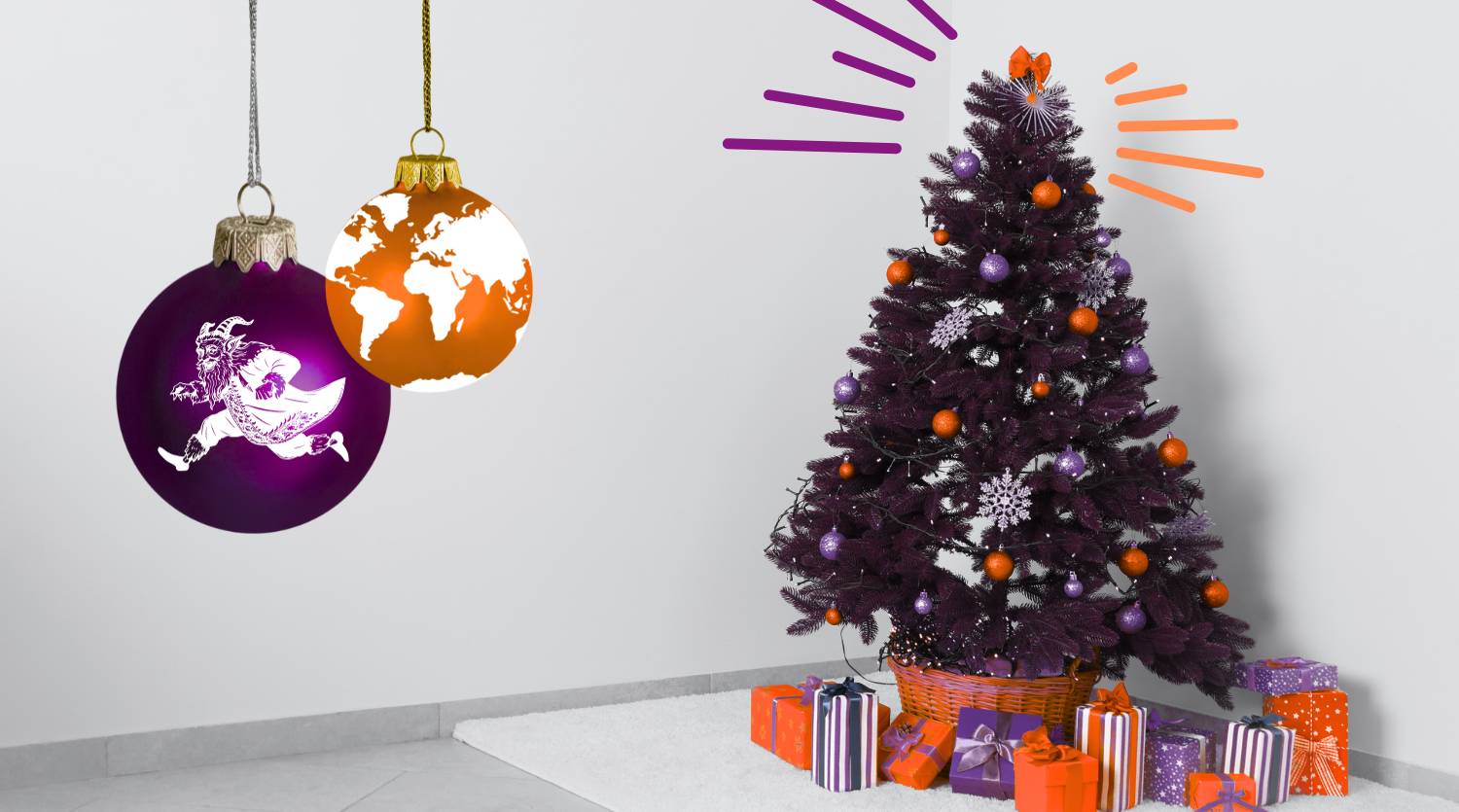Tap into content localisation in the fashion industry
What is localisation and why choose it?
According to the Oxford English Dictionary, translation is a written or spoken rendering of the meaning of a word or text in another language. Localisation takes translation a step further by making it more “local”. It does not only convey the same message as the original text but also resonates with your audience. The text does not have to be translated word for word and can slightly move away from the original version, increasing authenticity.
Some fashion brands overlook their international websites, despite the fact that research shows, that it can influence consumer purchasing behaviour. 72% of customers are more likely to buy a product from a website in their own language(Common Sense Advisory).
In a world where people are constantly exposed to images and brand messages, content is now more important than ever. While off-site content with influencers on social media builds up brand awareness, on-site content improves your brand visibility on the web. As well as photo-editing and model casting, copywriting has a proven impact on the perceived value of products. At Locaria, our specialists pick up stylistic issues to enhance user experience and SEO practices to improve your website visibility through content writing.
Working towards a smooth implementation
Regardless of the implementation approach you choose, localising your website will be much smoother if the right tools are in place. The style guide is a tool, which encompasses a set of common ground rules for your website to remain consistent. The guide features:
- Glossary
Completing a full keyword research in each target language is the most important step. Simply translating English keywords does not work. The process consists of identifying the most relevant keywords with the highest search volumes related to your products. Doing this in batches of product categories is the most efficient approach. Liaising with the merchandising team is crucial, because you will be using those product keywords in the content.
- Tone of voice
What do you want your brand to reflect? Align the tone of voice with your brand values and your target audience. You need to set the editorial voice of your copies and include a black list terminology (words you do not want your brand to be associated with). This may vary by market or language.
- Stylistic and grammar conventions
The orthographical and typographical conventions of the target language must be respected (e.g. capitalisation, punctuation, numbers etc.). Whether you use the informal or formal form for a market, you have to stick to it on your on-page copies, footer copies and meta descriptions. Consistency is key.
- Market specifics
Obviously, you should pay attention to the currency of your target market but also everything related to sale/special offer regulations. For example, in France, sales only run within official periods twice a year. Outside of these periods, you need to use alternatives. In the same way, in Germany you need a licence to use the term Black Friday.



